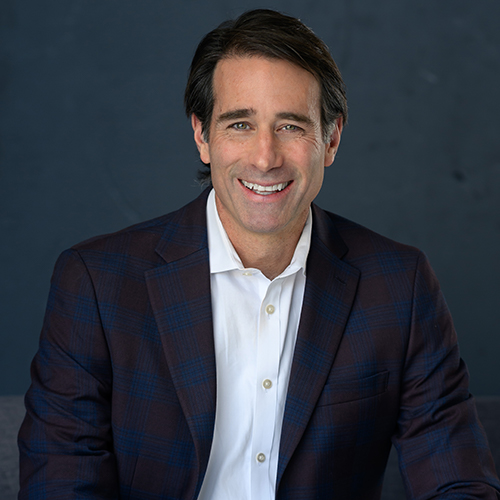In the News
New law requires interstate barriers have holes for drainageNew law requires interstate barriers have holes for drainage
Washington, DC,
July 18, 2019
|
By Kiran Chawla | WAFB
LIVINGSTON PARISH, La. (WAFB) - Fortunately, Hurricane Barry did not deliver the punch it initially threatened, but that didn't keep many in Livingston Parish from worrying about the wall along I-12. Improved designs in the wall barricade are now part of a federal law. "A picture says a thousand words," said Congressman Garret Graves. "That wall held back several feet of water in the storm we had in August 2016." Photos from 2016 say it all: feet of water on I-12 westbound and nothing in the eastbound lanes. All of Juban Crossing went under, but there's a significant difference on the other side of the interstate barrier wall. In fact, so much so, people were able to drive in the eastbound lanes and recorded the flooding on the other side. "I've heard people say we really, really wanted a levee in south Louisiana, just not there. That's not the place we needed to be holding back water," Graves said. Graves says I-12 should be an evacuation route, but instead, several were left stranded on the interstate for hours and had to be rescued during the night by the National Guard. Plus, the strong current in the water under the interstate kept people from putting their boats in the water. "It actually put the rescuers in danger as well," Graves said. For all those reasons, Graves says he met with numerous Livingston Parish mayors and even asked the state and federal government to issue new standards, but all that failed. "We always try and first find the cooperative solution by working together with the agencies, but if they're not going to cooperate, it's our job to step in and actually change the law, and we did that," Graves said. "As you can see, there is no drainage outlets in that barrier that goes on for miles, which also is an impediment to law enforcement and emergency vehicles. Does that look normal?" In October of 2018, the Disaster Recovery Reform Act passed, meaning the federal government now requires draining holes be put in interstate walls. Louisiana Department of Transportation and Development Secretary Dr. Shawn Wilson says after 2016, he issued a directive that all future barrier walls must have holes in them. The proof is in the barriers put up since then. He defends the walls, saying in the past three years, they have served as barriers from vehicle going 65 mph or faster more than 100 times. "So 364 days out of the year, it works to protect 40 to 50,000 people a day compared to what happened on this one 1,000-year flood of biblical proportions, in many regards, that we could not control," Wilson said. In regards to the portion of the wall along I-12 that many believe flooded a good portion of Livingston Parish, Wilson says it would cost too much to put holes in it now because it would mean basically starting all over. "The way they were built, the moment we separate them or create holes, you're getting into tied steel, which diminishes the integrity of the wall," he said. Wilson says there are no current plans to do that, meaning the wall that flooded so many in 2016 is staying just like it is for now. Wilson says there are currently about 50 miles of interstate barriers across the state that do not have the drainage cut-outs and it would not set a good precedent to replace just that portion of I-12 in Livingston Parish without replacing all 50 miles. |



